


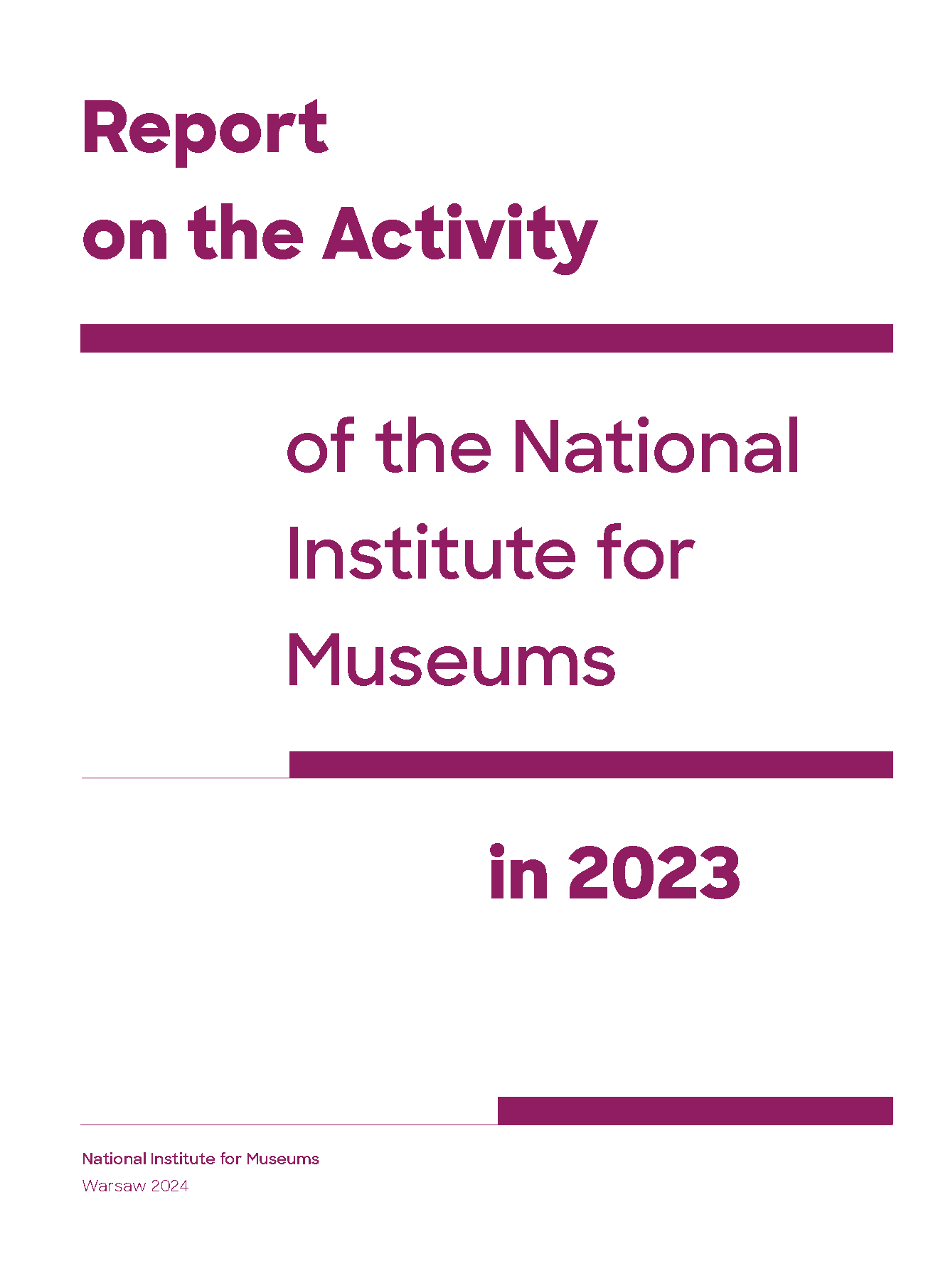
Museums never stop changing, and neither do we. The year 2023 was for us a year of intense evolution (and not revolution), targeted at adjusting the profile of the Institute’s operations to the needs and expectations of the museum community in Poland. The National Institute for Museums, NIM, earlier operating as the National Institute for Museums and Public Collections, NIMOZ, was established as the follow-up of the Centre for Preservation of Public Collections founded over 30 years ago, which was one of the rare institutions worldwide specializing in the security of heritage facilities, museums, and their collections. In 2011, upon the decision of the Minister of Culture, the Centre’s tasks were extended to include those identifying and promoting standards valid in museology.

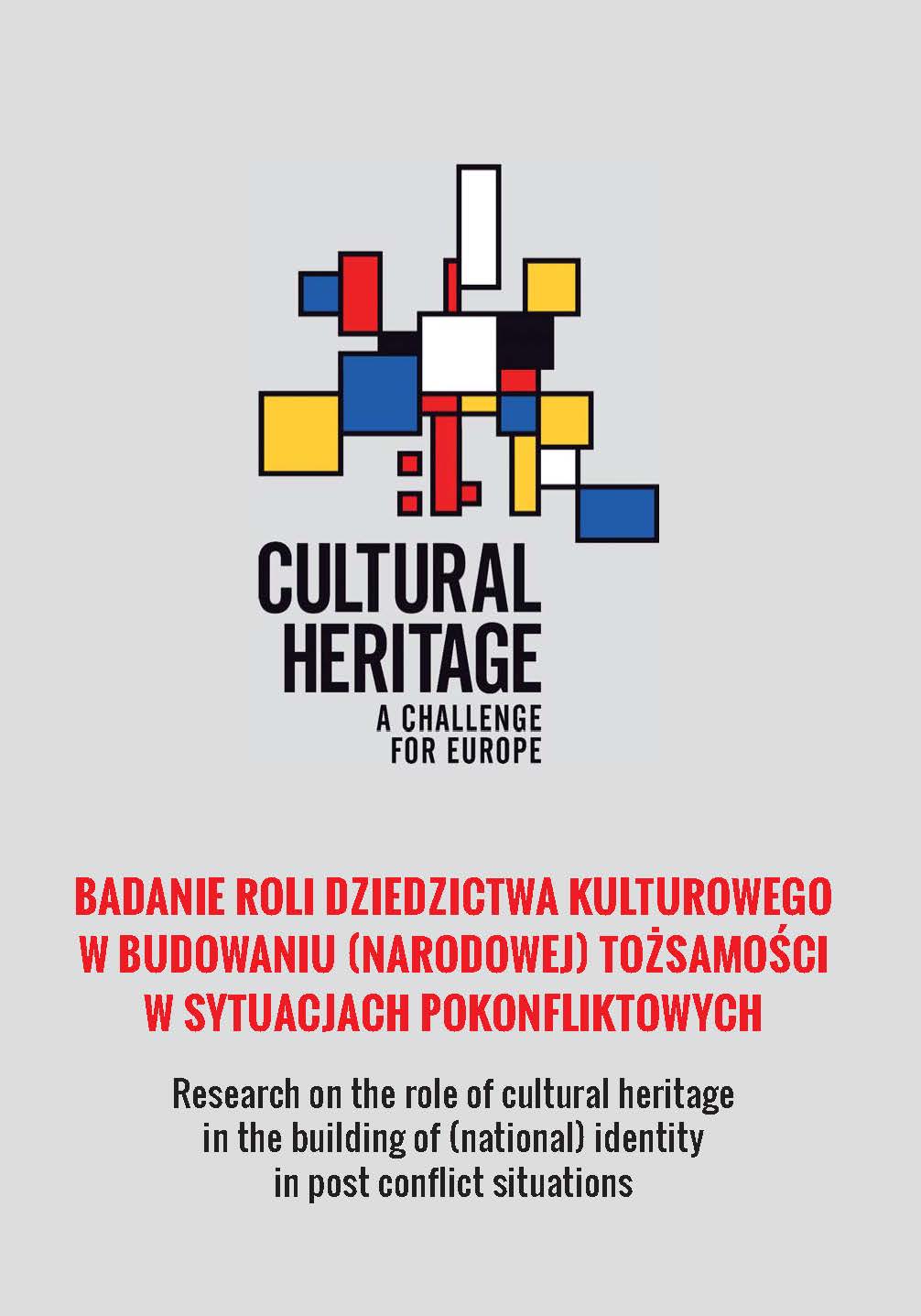
Niniejsza publikacja jest wynikiem konferencji „Badanie roli dziedzictwa kulturowego w budowaniu (narodowej) tożsamości w sytuacjach pokonfliktowych”, która odbyła się w dniach 10-12 września 2018 r. w Żydowskim Instytucie Historycznym im. Emanuela Ringelbluma w Warszawie i obejmuje trzy obszary refleksji: Rzecz o autentyzmie, czyli o istocie miejsc pamięci; Rzecz o potrzebie badawczej refleksji, czyli nauka w miejscach pamięci; Tożsamość i edukacja, czyli społeczeństwo po konflikcie. Problematyka szeroko rozumianej roli dziedzictwa kulturowego w sferze odbudowy tożsamości społeczeństw, państw i narodów w sytuacjach pokonfliktowych jest przedmiotem nieustannych refleksji oraz badań – zwłaszcza wtedy, gdy rozwijające się dynamicznie zbiorowości świadomie starają się znaleźć trwały fundament historii dla cywilizacyjnej modernizacji. Publikacja wpisuje się zatem w aktualny dyskurs dotyczący roli dziedzictwa kulturowego. *** The publication arises from the conference “Research on the role of cultural heritage in the building of (national) identity in post-conflict situations” which took place on 10–12 September 2018 at the Emanuel Ringelblum Jewish Historical Institute in Warsaw and the topics covered three areas of reflection: Authenticity – the essence of places of remembrance; The need for research reflection – scholarship in places of remembrance; Identity and education – society after the conflict. Issues related to broadly understood role of cultural heritage in rebuilding of identity in societies, states and nations in post-conflict situations constitutes a subject of continuing reflection and research – especially when dynamically developing communities are consciously looking for stable historical foundations for their modernisation efforts. Therefore, the publication is part of the current discourse on the role of the culture heritage.
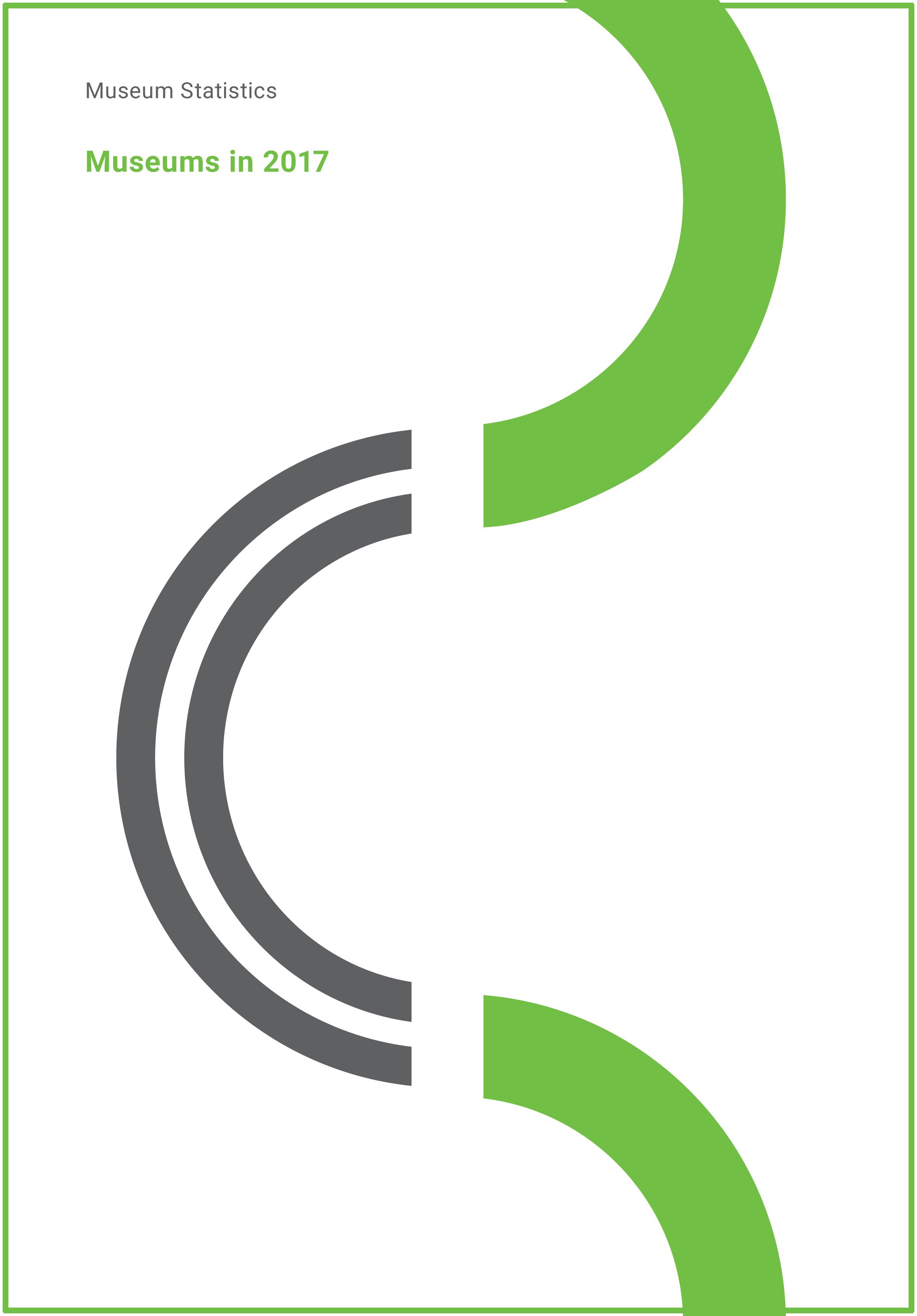
The Museum Statistics project, initiated in 2013, has been supported by the Ministry of Culture and National Heritage from the very beginning. Since then, it has continually grown to reflect the situation in the museum environment. Social, technological and economic changes are not irrelevant to the functioning of the Polish museum sector. Hence, the scope of data collected, as well as the collection methods used, have aturally evolved and, most importantly of all, the number of museums participating in the project has increased. The fact that we are reaching a steadily growing audience can be considered a success. Nevertheless, according to different estimates, there are more than 1000 museum institutions in Poland. To present them all, in all fields of their activities, we face an immense challenge.
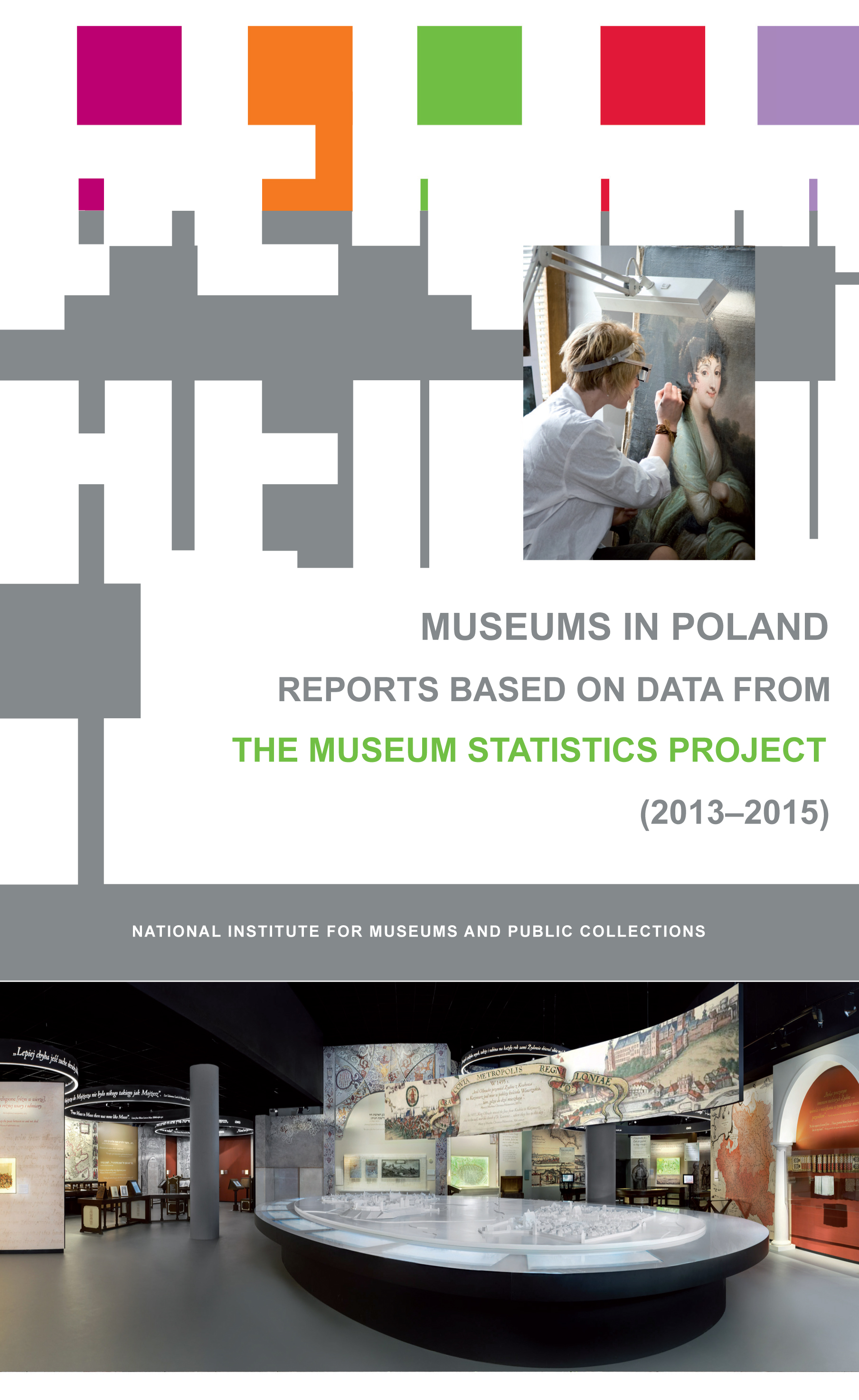
The National Institute for Museums and Public Collections, with support from the Ministry of Culture and National Heritage, are pursuing The Project Museum Statistics. It is intended to become a comprehensive source of knowledge about the state of the Polish museum sector. This publication presents a collection of reports with analyses of data collected over the first three years of the project.
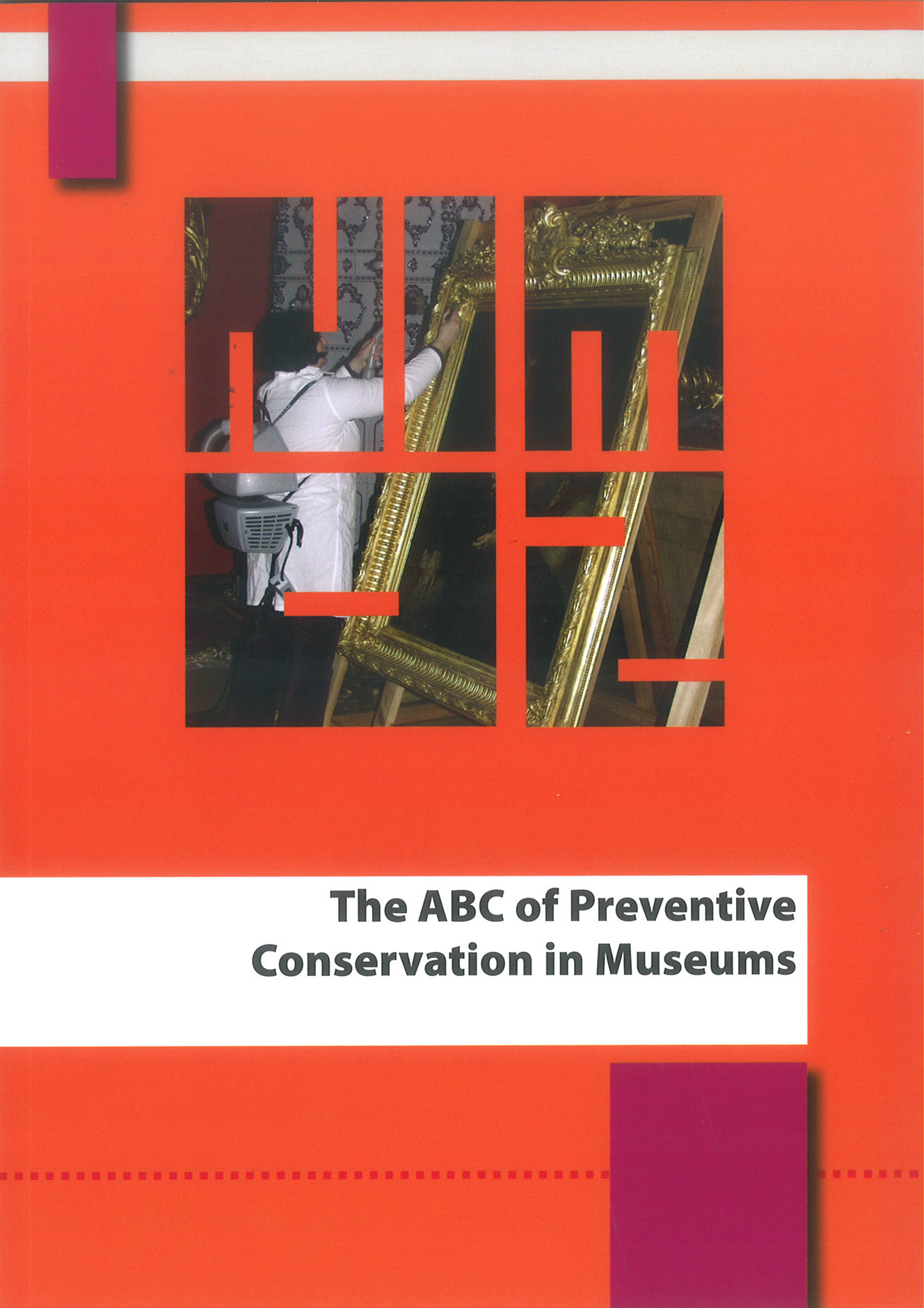
Concern about the state of objects is one of the fundamental tasks of all employees of museums, and a commitment incumbent on the institution. This care, beyond the economic issue, is often an organizational challenge. The diffi culties in managing the maintenance of a museum are largely explained by objective factors such as the location of the museum itself, often at a distance from universities and training centres for conservators-restorers, or a limited access to basic information. A problem faced by conservators-restorers or guardians of collections can also be the complex and heterogeneous nature of the material they contain. Unlike those museums that house works of art, institutions in which the collections contain examples of craftsmanship, natural objects or technical equipment often do not have the ability to employ specialized graduates, trained to deal with these special collections.